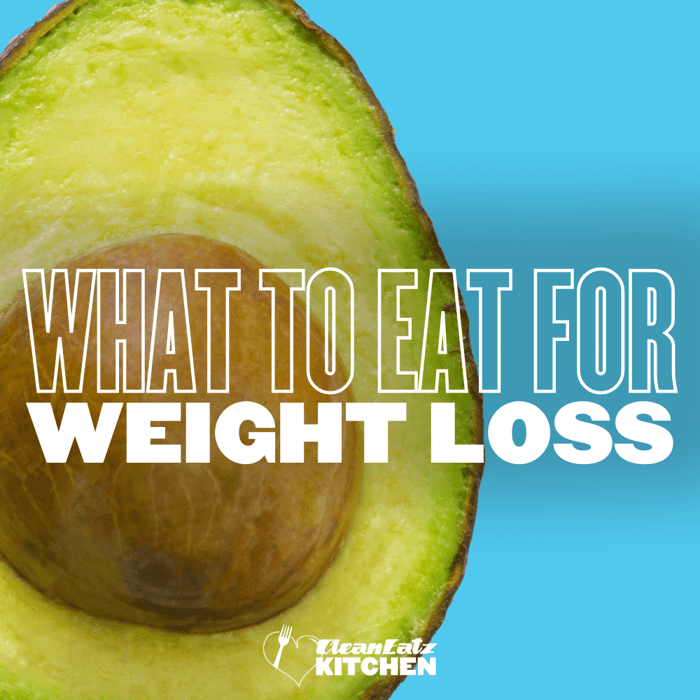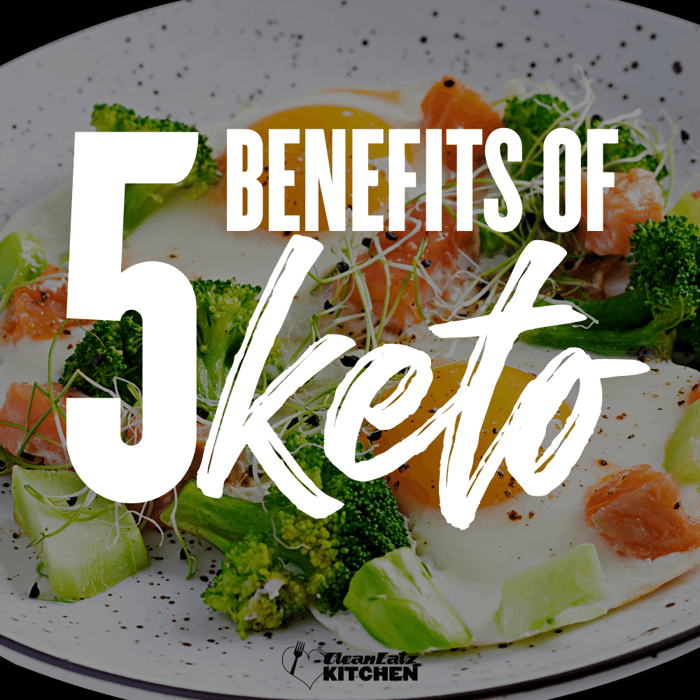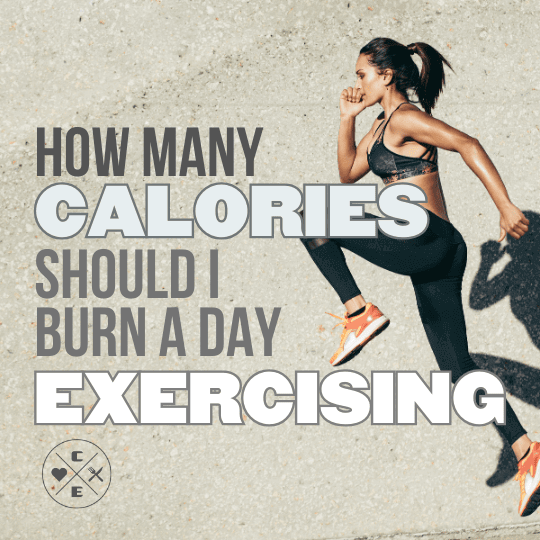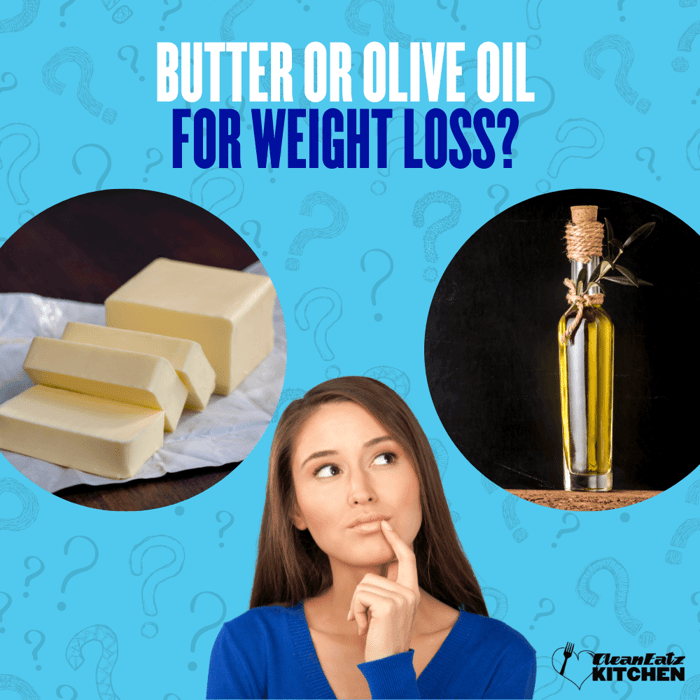What To Eat for Weight Loss

Jason Nista
Nutrition
|
Healthy Recipes
|
Weight Loss
10/06/2025 12:56pm
4 minute read
New here? Set your target with our calorie-goal guide, learn high-protein basics, and compare portion control vs. calorie counting. Prefer done-for-you portions? Explore our calorie-controlled meal plans.
What to prioritize (and why)
- Protein = fullness + muscle retention: Hitting ~25–40 g per meal helps satiety and preserves lean mass while dieting.
- Fiber & low energy density: Veggies, whole fruit, beans, and broth-y soups add volume for few calories.
- Heart-smart fats: Use unsaturated fats (olive oil, nuts, seeds, avocado) more often; keep saturated fat modest.
- Whole fruit over juice: You’ll get fiber and better fullness from chewing fruit versus drinking it.
Training today? After workouts, pair protein with smart carbs—see our post-workout carb guide.
Best foods for weight loss (by category)
Protein anchors (aim ~25–40 g per meal)
- Chicken/turkey (breast or trimmed thighs), lean beef/pork, eggs, fish/seafood (salmon, tuna, shrimp)
- Tofu/tempeh/edamame, beans/lentils (double count for protein + fiber)
- Greek yogurt, cottage cheese
High-fiber carbs (fullness + nutrients)
- Whole grains: oats, quinoa, brown rice, farro, whole-grain pasta
- Legumes: black beans, chickpeas, lentils
- Starchy veg: potatoes, sweet potatoes, winter squash, corn (measure portions)
Low-energy-density all-stars
- Non-starchy veggies: leafy greens, broccoli/cauli, peppers, zucchini, mushrooms, tomatoes, cucumbers
- Whole fruit: berries, apples, pears, citrus, kiwi, melon (whole > juice)
- Soups & salads: broth-based, veggie-heavy; watch creamy dressings
Healthy fats (for flavor & satiety—measure!)
- Oils: olive, avocado, canola
- Nuts/seeds: almonds, pistachios, chia, flax
- Avocado; fatty fish (EPA/DHA)
Curious about specific foods? Read our pieces on almonds, avocados, and healthy fats.
The easy plate formula
- ½ plate non-starchy veggies or whole fruit
- ¼ plate lean protein (25–40 g)
- ¼ plate high-fiber carbs (whole grains/beans/starchy veg)
- 1–2 tsp oil or a small portion of nuts/seeds
Plug-and-play meal ideas
- Greek yogurt power bowl + berries + 1 Tbsp almonds
- Chicken quinoa fajita bowl + peppers/onions + salsa + lime yogurt
- Salmon, brown rice & broccoli + sesame-ginger drizzle
- Turkey, potatoes & green beans + measured pesto
- Tofu + farro curry with zucchini + light coconut milk
- Black-bean burrito bowl + slaw + avocado (measured) + pico
- Cottage cheese plate + fruit + ground flax or chia
Need breakfast inspo? Try our high-protein smoothies. Coffee fan? Read coffee & weight loss.
Smart grocery list
- Proteins: chicken breast, 93% turkey, salmon/tuna, eggs, Greek yogurt, cottage cheese, tofu, canned beans/lentils
- Produce: salad mix, spinach, broccoli/cauli, peppers, zucchini, onions, berries, apples, citrus, frozen mixed veg
- Carbs: oats, quinoa, brown rice, whole-grain wraps, potatoes/sweet potatoes, canned chickpeas/black beans
- Fats & flavor: extra-virgin olive oil, avocado, nuts/seeds, salsa, mustard, vinegar, herbs/spices, lemon/lime
Common watch-outs
- Ultra-processed “diet” snacks: low in volume, easy to overeat—build meals from whole foods first.
- Liquid calories: sugary drinks and heavy coffee drinks add up fast—keep added sugar modest.
- Non-sugar sweeteners (NSS): they may help some reduce sugar short-term, but they’re not a long-term weight-control tool per WHO guidance. Focus on overall pattern.
- “Healthy fats” ≠ unlimited: oils and nut butters are calorie-dense—measure them.
Want a turnkey option? Our meal plans keep portions and macros in check—see Nutrition Info.
FAQs
Do I need to cut carbs to lose weight?
No. Many patterns work. Prioritize protein and fiber; choose minimally processed carbs most of the time.
How much protein should I get per meal?
Most adults do well with about 25–40 g per meal, spaced through the day.
Is fruit okay?
Yes—whole fruit is low energy density and comes with fiber/water. Limits mainly apply to added sugars, not fruit.
References
- Per-meal protein (~20–40 g) & distribution. JISSN Position Stand; JISSN Nutrient Timing
- Fiber intake targets (AI ~25 g women, ~38 g men). National Academies DRIs
- Low energy density & satiety research. Rolls 2009 (review)
- Whole fruit over juice guidance. USDA MyPlate
- Fat quality: emphasize unsaturated, limit saturated fat. AHA guidance
- Non-sugar sweeteners: not recommended for long-term weight control. WHO guideline
Educational content only; not medical advice.



